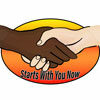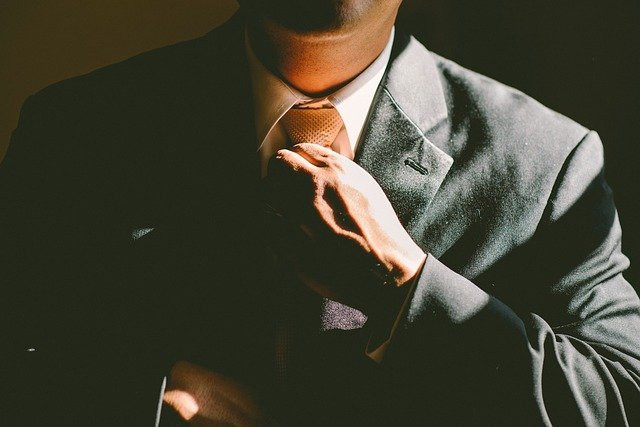Understanding Business/Professional Dress Codes
As a young adult leaving college, the only understanding I had of professional clothing was the uniforms I wore at part time jobs and the formal parties I attended for my fraternity. I would dress business casual for most events like job fairs but hardly ever in a full suit and tie. Askmen.com did a survey back in 2017 where they asked over 21,400 men to complete a quiz. The results of the quiz were that 1/3 men did not know how to properly tie their tie and about 1/4 weren’t sure how to button a suit correctly. The results of this survey are indicative of a wider issue that is the disconnect between the modern professional world, and the modern man.
Check out the survey and original article here
A lot of old business practices are starting to get questioned like wearing a suit to a 9-5, which styles are appropriate, and honestly, just professionalism in general. The reason we are writing this article is because of that disconnect. The people who answered this survey were already members or avid viewers of Askmen.com so the results would be skewed. The reality is that the numbers are probably more than 1/3 and 1/4 respectively. Today we are going to talk about dress codes and a few specific details unique to each one.
Disclaimer: This article will be focused more on men’s dress, women’s dress coming soon!
Casual
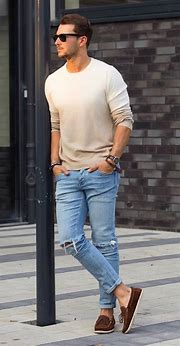
Casual is first up on the list because a lot more businesses are leaning towards using it. With desk jobs it’s important to be comfortable and able to move when you are stuck at a desk all day barely mobile. Many newer kinds of companies based on software usage allow casual clothes to be worn at work. Casual clothing is essentially the clothing you would wear in everyday life. It is important to still come across as clean and professional, so avoid wearing wrinkled or messy clothes.
Casual attire should never be worn for interviews or during meetings with clients. Clients do not participate in the everyday goings on of your workplace so dressing casual in front of them could come across as unprofessional and even rude! The same goes for interviews of any sort, wearing casual clothes to an interview only sends a message that you are not taking the opportunity seriously enough to get dressed.
Business Casual
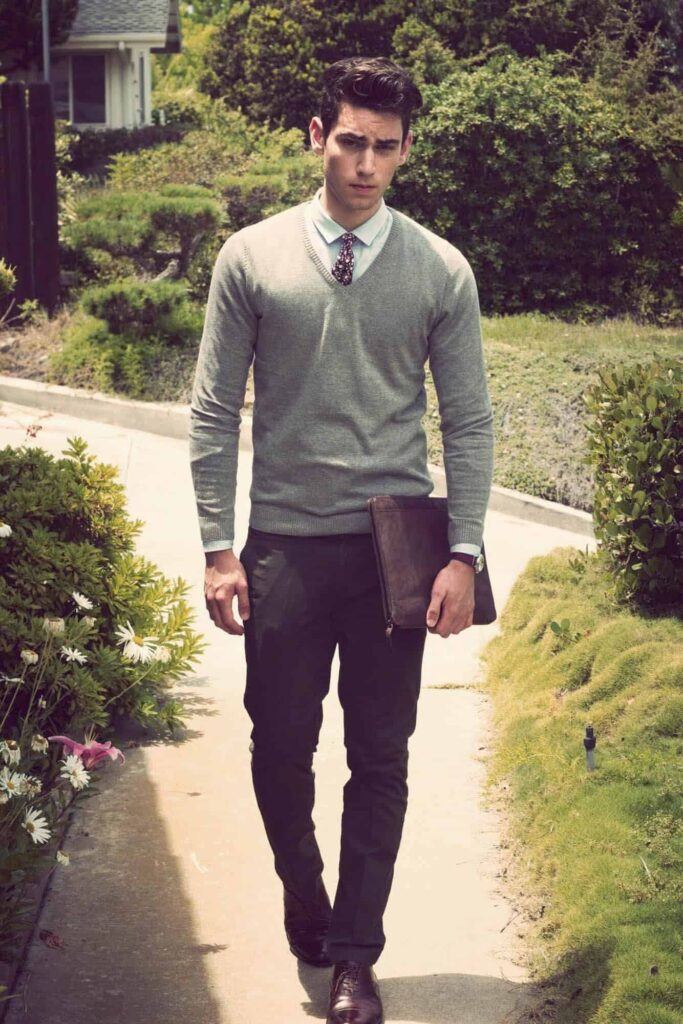
Business casual is the next step up from casual and probably the most common style to see in a modern workplace. Business casual allows for more freedom and comfort than formal wear and has its own variety of style that makes it easy for men to express themselves and remain professional.
Business casual usually incorporates trousers, khakis, button down shirts, polos, and trousers. Avoid jeans at all costs for business casual as they can send a bad message to whoever enforces the dress code. You also want to avoid normal sneakers unless they are canvas/leather. Trainers are never welcome even in business casual.
The best part of business casual is that it allows you to mix and match elements of the business and casual wear. If someone decided to wear a jacket and button down shirt with no tie and replaced it with a necklace of sorts, that wouldn’t look out of place in a business casual environment. The freedom to accessorize is immense and allows for some really sleek looks.
Business Professional

This is the style of dress code that gets a lot of new professionals tripped up when they see it for the first time so let’s dive right in. Business professional is the next step up from casual and features the classic suit and tie look. The old professional Wall Street and Madison Avenue style is what I like to embody in imagining business professional. Men can rock these all day and still stay comfortable enough to have a productive day at work.
The suit itself should generally be a dark color, black and navy are the most common but gray is also a very respectable option. Underneath the jacket, it’s customary to wear a light colored shirt, usually white or light blue. The tie that goes on top of this ensemble should be overall simple, avoiding anything too flashy and bright, that accompanies the suit and shirt combination. On top of the pants, one should wear a black or brown belt with matching close toed shoes. The shoes are usually oxfords or loafers.
Business Formal
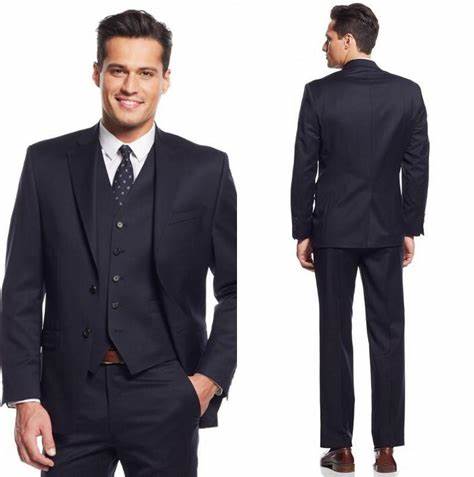
The last category is business formal, a style you probably won’t see to often. Business formal attire is for big events like galas and award ceremonies. For men the attire isn’t much different than business professional. The main difference is that the suit should always be dark and the shirt should always be light. Anything else and you’ll stand out, even if it’s a fresh suit.
In the context of 2021
With 2021 around the corner and a lot of jobs staying remote until next summer it’s important to consider these types of business attire going forward. Will styles stay the same? Will more businesses become lax about their dress codes? How are you supposed to dress for zoom meetings and virtual interviews? The rules are starting to change and it’ll be interesting to see how 2020 affects what we wear in the work place for 2021.
We’ve discussed a similar topic about professionalism on our platform before so if you want to learn more, click here
